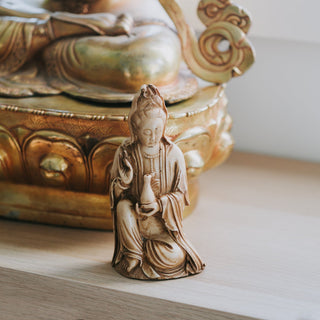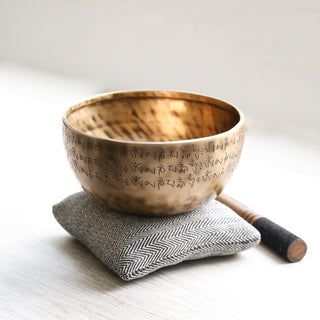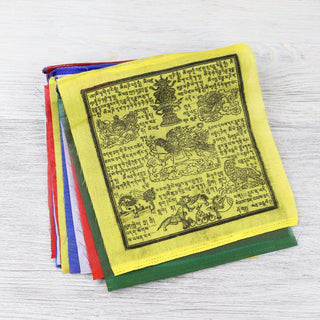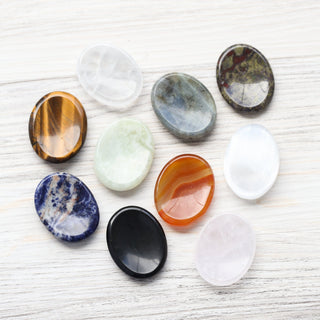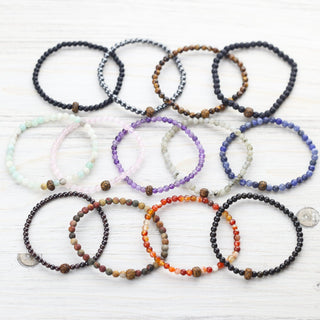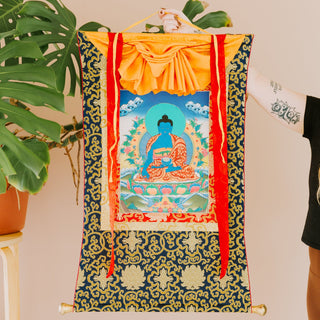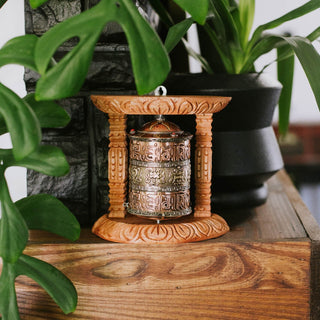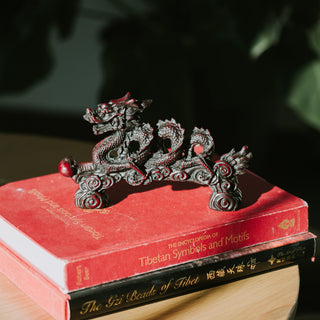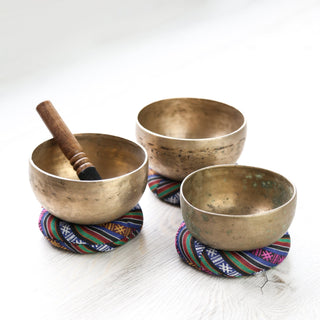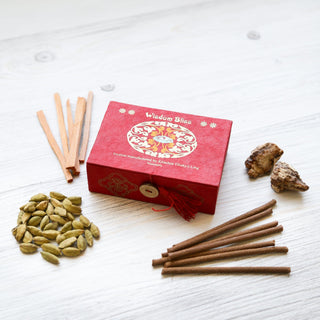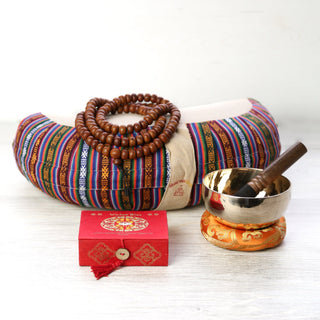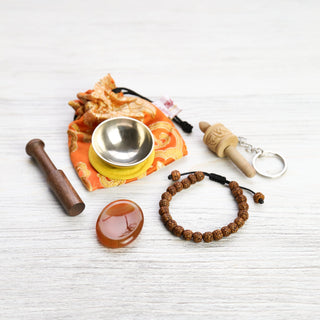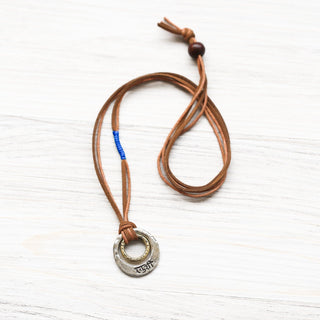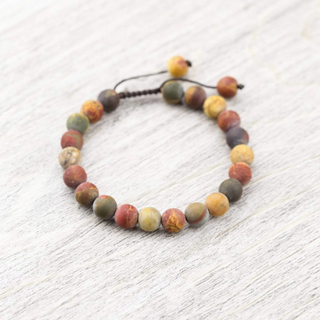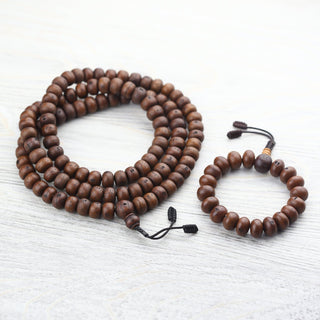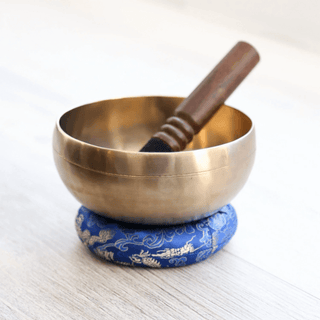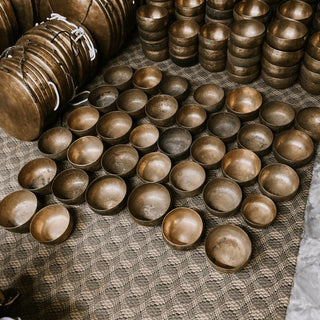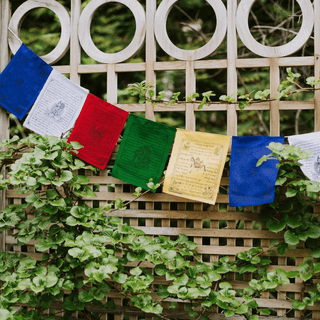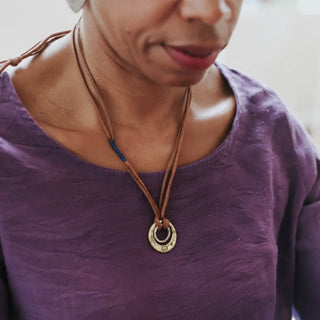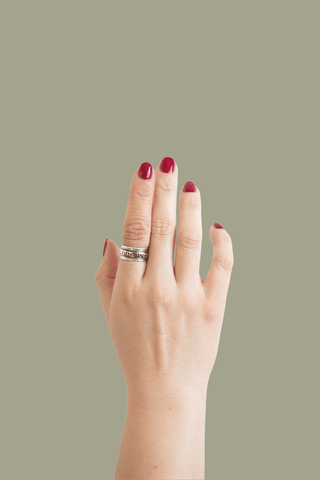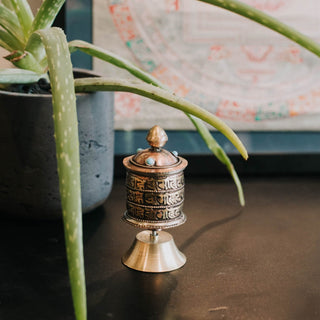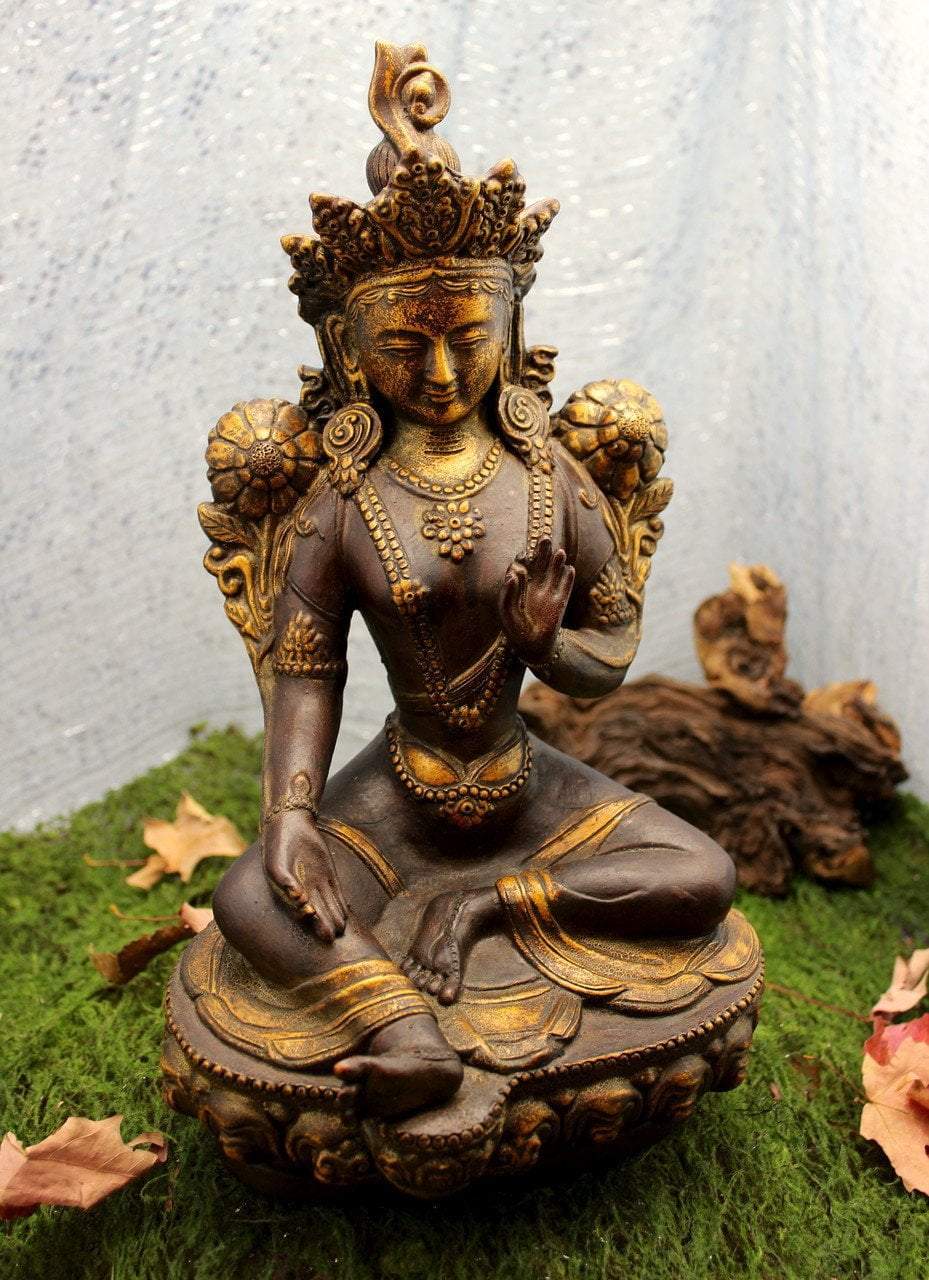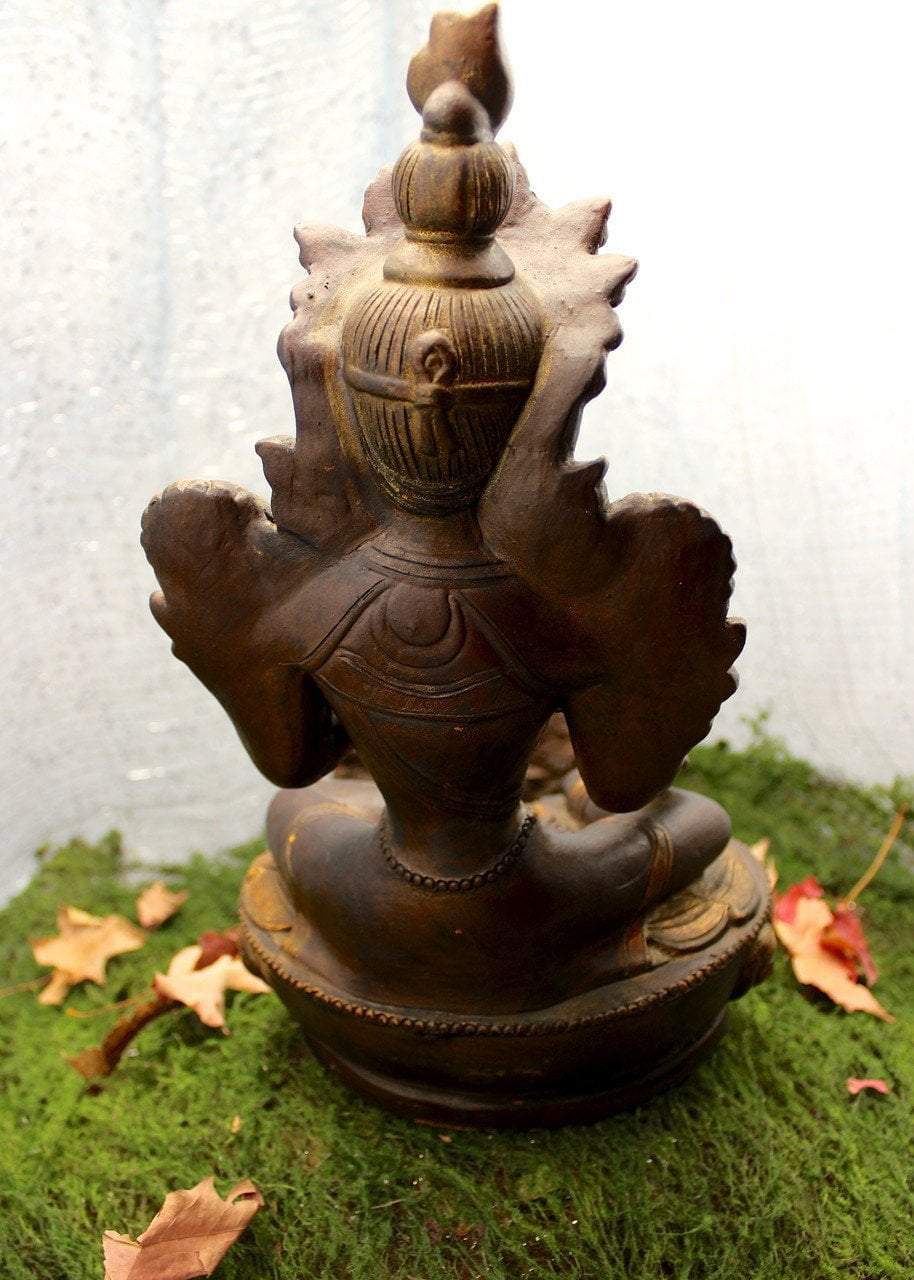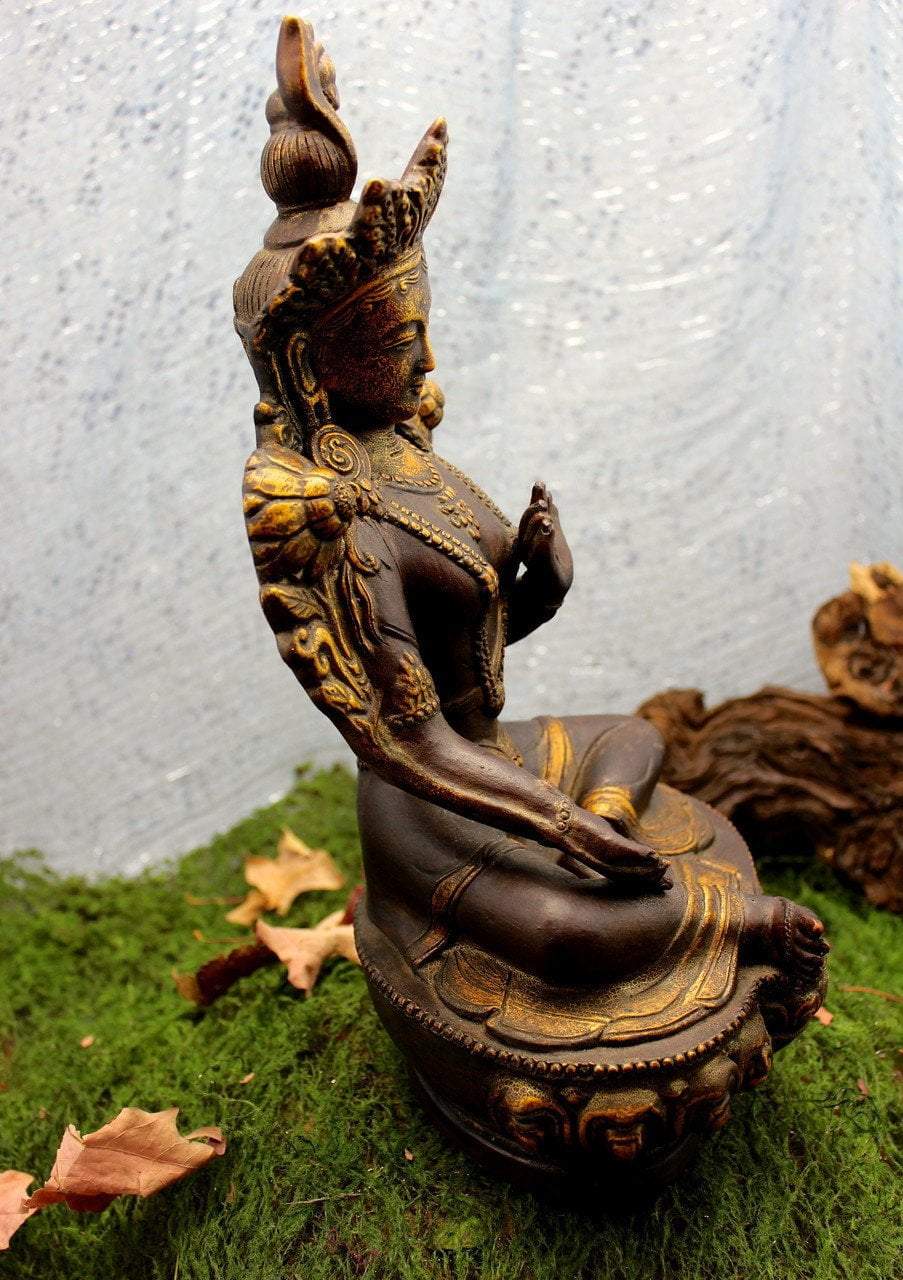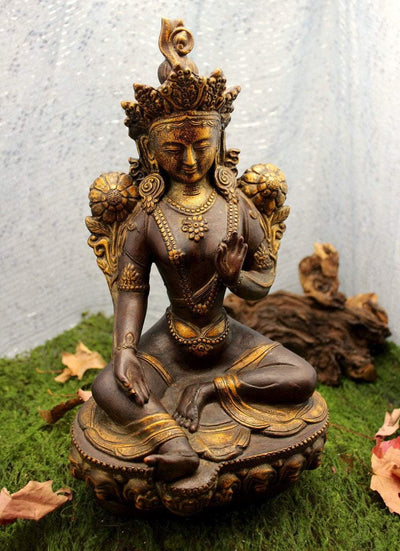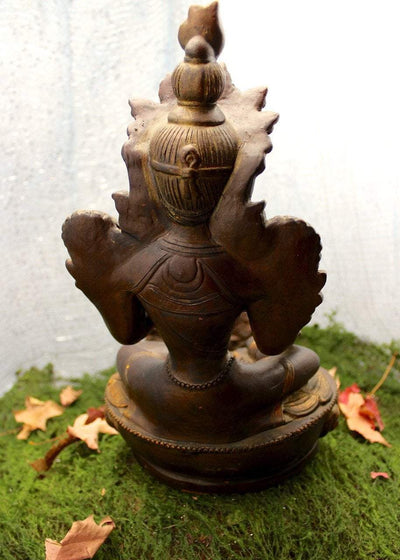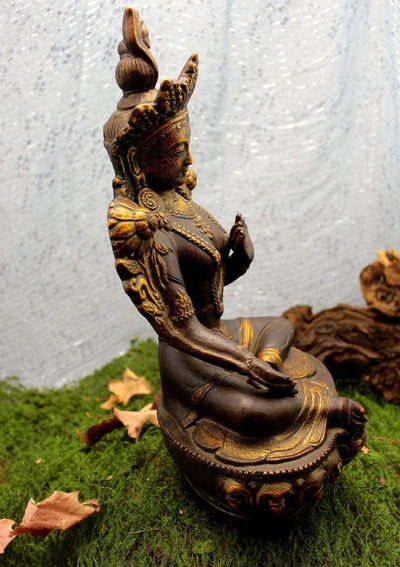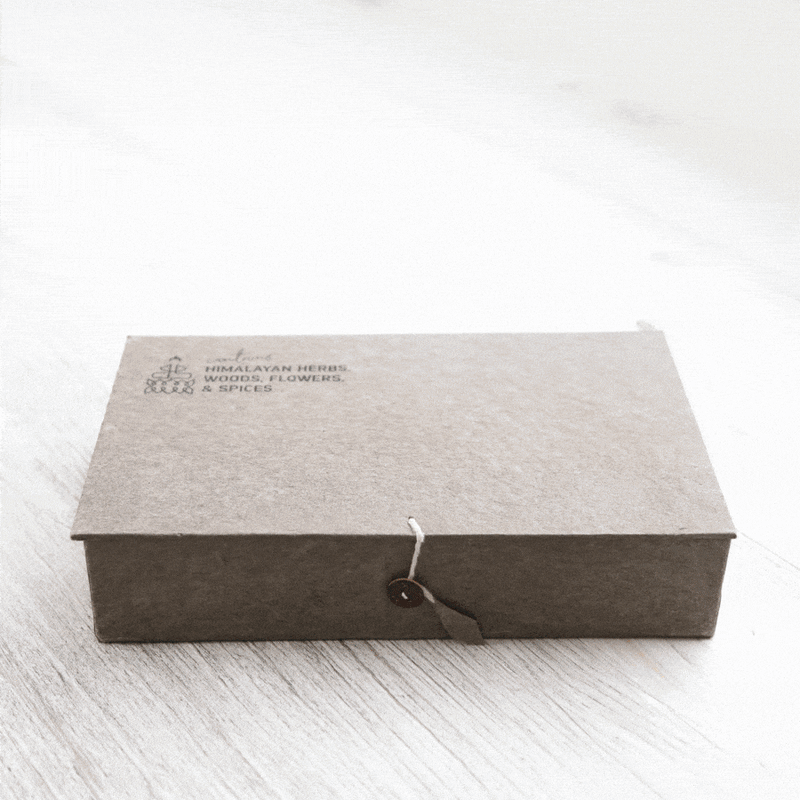Ceramic Green Tara Statue
During my last trip to Kathmandu Nepal I had the great privilege of visiting our artisans who make these amazing ceramic statues. Each statue his hand cast, fired in a kiln and then handpainted by a group of artisans. Metal statues of this size cost many many hundreds of dollars. these ceramic statues are just as beautiful for a fraction of the cost
Free shipping to the US and Canada. 13 1/2 inches tall, hand painted and finished.
Tara (Sanskrit: तारा, tārā; Tib. སྒྲོལ་མ, Drolma) or Ārya Tārā, also known as Jetsun Dolma (Tibetan language:rje btsun sgrol ma) in Tibetan Buddhism, is a female Bodhisattva in MahayanaBuddhism who appears as a female Buddha in Vajrayana Buddhism. She is known as the "mother of liberation", and represents the virtues of success in work and achievements. In Japanshe is known as Tara Bosatsu (多羅菩薩), and little-known as Duōlu Ps (多罗菩萨) in Chinese Buddhism.[1]
Tara is a tantric meditation deity whose practice is used by practitioners of the Tibetan branch of Vajrayana Buddhism to develop certain inner qualities and understand outer, inner and secret teachings about compassion and emptiness. Tara is actually the generic name for a set of Buddhas or bodhisattvas of similar aspect. These may more properly be understood as different aspects of the same quality, as bodhisattvas are often considered metaphoric for Buddhist virtues.
The most widely known forms of Tārā are:
- Green Tārā, known as the Buddha of enlightened activity
- White Tārā, also known for compassion, long life, healing and serenity; also known as The Wish-fulfilling Wheel, or Cintachakra
- Red Tārā, of fierce aspect associated with magnetizing all good things
- Black Tārā, associated with power
- Yellow Tārā, associated with wealth and prosperity
- Blue Tārā, associated with transmutation of anger
- Cittamani Tārā, a form of Tārā widely practiced at the level of Highest Yoga Tantra in the Gelug School of Tibetan Buddhism, portrayed as green and often conflated with Green Tārā
- Khadiravani Tārā (Tārā of the acacia forest), who appeared to Nagarjuna in the Khadiravani forest of South India and who is sometimes referred to as the "22nd Tārā"
There is also recognition in some schools of Buddhism of twenty-one Tārās. A practice text entitled In Praise of the 21 Tārās, is recited during the morning in all four sects of Tibetan Buddhism.
The main Tārā mantra is the same for Buddhists and Hindus alike: oṃ tāre tuttāre ture svāhā. It is pronounced by Tibetans and Buddhists who follow the Tibetan traditions as oṃ tāre tu tāre ture soha.







